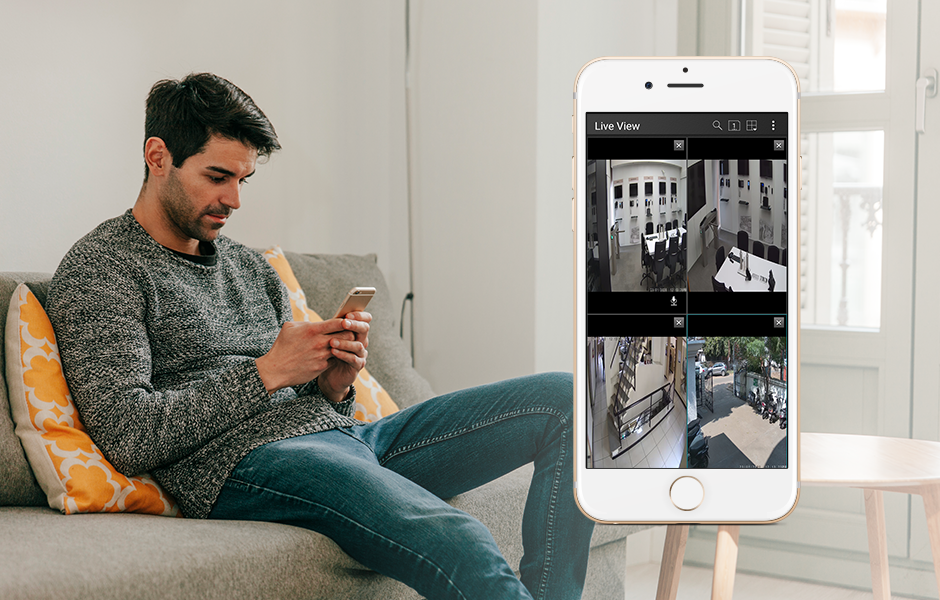
Understanding and Preventing Smartphone Surveillance
What Is Smartphone Surveillance?
Smartphone surveillance refers to the tracking and monitoring of your device's activity, location, and data. This can occur through various means, including apps, network providers, and even physical access to the device. While some surveillance is conducted for security or law enforcement purposes, others may be invasive and unauthorized.
Types of Smartphone Surveillance
Location Tracking: Many apps and services request access to your GPS location. While this can enhance functionality, it can also be used to monitor your movements without your consent.
Data Collection: Apps often collect data on your usage patterns, contacts, and communications. This information can be sold to advertisers or used for other purposes.
Unauthorized Access: Malware and spyware can infiltrate your smartphone, allowing malicious actors to monitor your activities, access your files, and even control your device remotely.
Carrier Surveillance: Mobile carriers can track your phone’s location and usage data, often without your explicit consent, for various reasons, including service improvements and law enforcement requests.
How to Understand Smartphone Surveillance
Read Permissions Carefully: When installing apps, pay close attention to the permissions they request. If an app asks for access to data that seems unnecessary (like a flashlight app requesting location access), be cautious.
Monitor App Activity: Use your smartphone's settings to review which apps have access to your location, contacts, and other sensitive data. This can help you identify any unauthorized access.
Be Aware of Background Data Usage: Some apps continue to run in the background, consuming data. Monitor your data usage to spot any unusual patterns that could indicate surveillance.
Educate Yourself on Security Risks: Familiarize yourself with common surveillance techniques, such as phishing, malware, and social engineering tactics.
How to Prevent Smartphone Surveillance
Limit App Permissions: Only grant apps permissions that are essential for their functionality. Regularly review and revoke permissions for apps that don't need them.
Use Privacy-Focused Apps: Consider using messaging apps that offer end-to-end encryption, like Signal or WhatsApp, to protect your communications from prying eyes.
Enable Two-Factor Authentication (2FA): For sensitive accounts, enabling 2FA adds an additional layer of security, making it harder for unauthorized users to access your information.
Keep Your Device Updated: Regularly update your smartphone’s operating system and apps to ensure you have the latest security patches that protect against vulnerabilities.
Install Antivirus and Anti-Spyware Software: Utilize reputable security software to scan for malware and spyware, helping to protect your device from unauthorized access.
Use a VPN: A Virtual Private Network (VPN) encrypts your internet connection, making it harder for anyone to track your online activities and location.
Be Cautious with Public Wi-Fi: Avoid accessing sensitive information over public Wi-Fi networks. If necessary, use a VPN to secure your connection.
Factory Reset When Necessary: If you suspect your device has been compromised, a factory reset can remove malicious software. However, ensure you back up important data beforehand.
Smartphone surveillance poses significant privacy risks in our increasingly digital lives. By understanding how surveillance works and taking proactive steps to safeguard your data, you can protect your privacy and maintain control over your personal information. Stay informed, be vigilant, and enjoy the benefits of your smartphone without compromising your security.